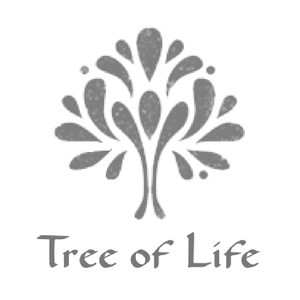
The memories ignite a fire deep inside my soul when I think about running through the streets of village India hurling vibrant colours of powder on every person that crossed my path. From bright purple to oranges and deep reds, the powders enveloped the streets, and felt like floating magic dust casting enchanting spells on our sacred land. This powder throwing celebration is known as Holi Day and even though it happens once a year, remnants of the powders on the streets serve as a beautiful reminder of why the day is celebrated in the first place…
Kali Vankum friends. My name is Swasthik Iyengar and I am of Indian heritage. I was born and raised In India till I was ten years old, whereby my family celebrated Holi day every year. I want to invite you on a journey with me as I write a bit about our radiant Holi Day festival.

Holi day is a traditional festival celebrating the triumph of good over evil. Historically there is enough evidence of documentation dating this celebration back to the 4th century. The festival is celebrated in March under the Hindu calendar month of Phalguna, and it is based on an ancient story about Lord Krishna’s devotional love for Goddess Radha. This beautiful folk story particularly focuses on Lord Krishna’s ability to expel all evil through his honesty, unconditional love and ethical choices. The triumph of love over evil then lent itself to the celebration of Holi Day.

Holi Day festival beings with morning rituals made to Lord Krishna and Surya (the sun), followed by street festivities of powder colour throwing (known as gulal), street drumming, singing, dancing and street powder art know as rangoli. Since the festival is based on the celebration of love, all sacred rituals are performed to invoke gentle and beautiful spirits, necessary in bringing harmony and peace within people’s lives. For example, flowers are offered in the morning to the Sun God Surya as it is believed that Surya brings light during dark times. To me, this specific traditional practice symbolises one’s ability to celebrate the positive aspects in their life, that which is guided by the light bringing happiness rather than the unknown which lurks in the dark.

Each powder colour also holds specific meanings within our culture on Holi Day. For example, green symbolises re-birth and new beginnings and red represents love, marriage and fertility. The action of playing with these powders and painting the streets with this colourful magic illustrates a moment in time where we as a collective group of people can nurture and meditate on the wonderful things that life can offer through love such as friendships, trust, sense of belonging and community. Being born into a family of artists, one specific ritual of Holi Day know as rangoli is widely celebrated within our household. This special practice involves creating beautiful images of sacred gods and animals with the Holi powder and Rangoli powder. The images are created on streets and in the entrance of people’s houses to bring good luck and good health to everyone living within that household. This craft takes time and devotion until every street corner and household is surrounded in these rangoli patterns.
When life gets very busy, it is amazing to know that there is Holi Day – a day dedicated to letting yourself be free in a vibrant frenzy of colours and compassion.
To follow along with Swasthik's creative endeavours, find her here: @gunga_ma


Words and imagery by: @gunga_ma
Directed by: @fleurmaid













